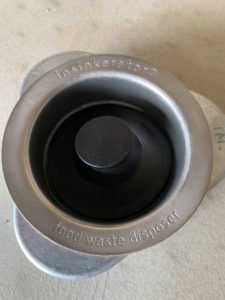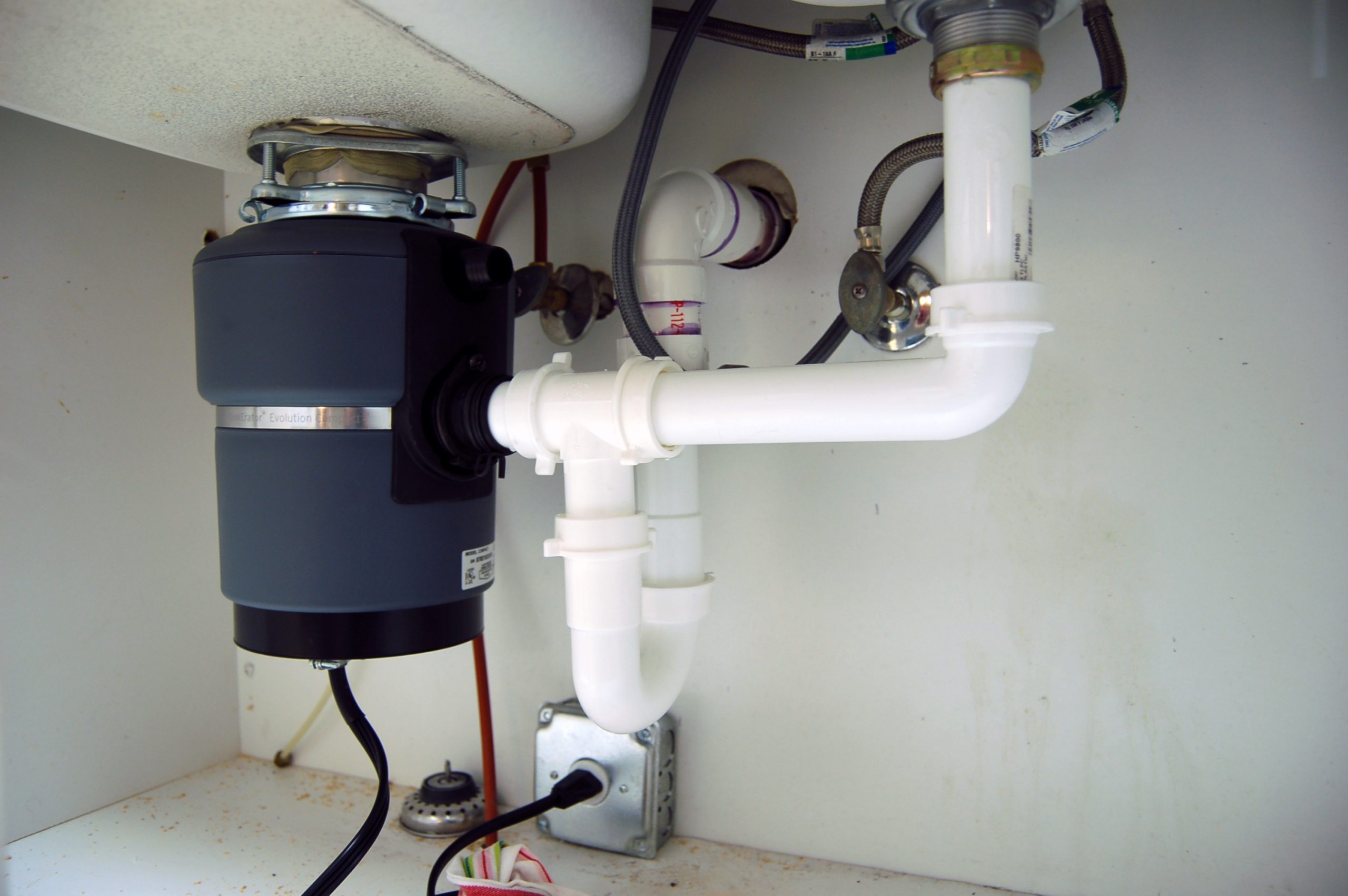Easy-to-Follow Techniques for Repairing a Leaky Garbage Disposal
Easy-to-Follow Techniques for Repairing a Leaky Garbage Disposal
Blog Article
We have uncovered the article on Tips on Fixing a Leaking Garbage Disposal below on the web and accepted it made sense to talk about it with you here.

Waste disposal unit are essential kitchen home appliances that aid in getting rid of food waste efficiently. Nevertheless, a dripping garbage disposal can be a discouraging and untidy problem to manage. Fortunately, numerous leakages can be dealt with easily with a few easy actions. In this write-up, we will go over just how to fix a leaking waste disposal unit efficiently.
Introduction
Waste disposal unit are set up under kitchen area sinks and are designed to shred food waste right into smaller pieces, permitting it to go through the plumbing system easily. While these devices are typically reliable, leaks can happen in time as a result of wear and tear, loose links, or damage to the unit.
Step-by-Step Overview to Repairing a Dripping Waste Disposal Unit
Turn Off the Power
Before trying any type of fixings, make sure that the power to the garbage disposal system is turned off to stop the risk of electric shock.
Situate the Leak
Recognize the specific area of the leak and figure out the cause
Tighten Connections
Make use of a wrench to tighten any loosened connections between the disposal device and the plumbing system.
Replace Seals or Gaskets
If the leakage is due to worn seals or gaskets, eliminate the old components and change them with new ones.
Patching Fractures or Holes
For splits or openings in the disposal unit, usage epoxy or a suitable patching product to seal the damaged area.
Identifying the Resource of the Leak
Prior to trying to deal with a dripping waste disposal unit, it is vital to identify the source of the leakage. This can commonly be done through aesthetic examination or by conducting straightforward examinations.
Visual Evaluation
Inspect the waste disposal unit system carefully for any indications of water leakage. Pay close attention to locations around seals, gaskets, and connection factors.
Examining for Leaks
One way to test for leaks is by running water through the disposal unit and checking for any type of visible indicators of leak.
Common Root Causes Of Leaks in Rubbish Disposals
Worn Seals and Gaskets
Seals and gaskets play an important function in avoiding water from leaking out of the garbage disposal. Over time, these parts can deteriorate, causing leakages around the disposal unit.
Loose Links
The links between the waste disposal unit and the plumbing system can become loose gradually, causing water to leakage out during operation.
Cracks or Holes in the Disposal Device
Physical damages to the waste disposal unit, such as fractures or holes in the real estate, can also result in leakages.
Devices and Products Needed for Taking Care Of a Leaking Waste Disposal Unit
Before starting the fixing process, collect the necessary devices and materials, consisting of a screwdriver, flexible wrench, plumbing professional's putty, substitute seals or gaskets, and epoxy or patching product for repairing fractures or holes.
Testing the Waste Disposal Unit After Repair Work
When the repair service is complete, check the waste disposal unit by running water through it to ensure that the leak has actually been resolved.
Preventive Maintenance Tips to Stay Clear Of Future Leaks
To prevent future leaks, it is important to perform regular maintenance on your garbage disposal. This includes keeping it clean, staying clear of placing non-food things or tough objects down the disposal, and periodically checking for leakages or various other concerns.
Final thought
To conclude, fixing a leaking garbage disposal is a reasonably straightforward process that can be finished with basic devices and materials. By adhering to the steps described in this article and practicing precautionary maintenance, you can maintain your garbage disposal in good working condition and prevent expensive repairs in the future.
HERE’S HOW TO FIX YOUR GARBAGE DISPOSAL
WHAT TO DO IF SOMETHING IS STUCK IN YOUR GARBAGE DISPOSAL
If the impeller won’t turn, there’s probably something stuck in the disposal. It could be a steak bone or peach pit, although plumbers report pulling all sorts of inappropriate objects out of disposals, such as bottle caps or aluminum foil. Make sure power to the disposal is off, and look inside to see if you can see the source of the jam.
Never stick your fingers in a disposal. Pull out anything you see with tongs or pliers.
If the disposal still won’t work, it may be time to call a plumber or consider buying a new disposal. GEM Plumbing & Heating is here for all of your garbage disposal needs.
WHAT TO DO IF YOUR GARBAGE DISPOSAL DRAIN IS CLOGGED
Take everything out from underneath your sink and put a bucket or other container under your disposal to catch any water that drains out. Disconnect your disposal from the power supply. If it’s plugged into a wall outlet, unplug it. If it’s hardwired into an electrical box, go to the electrical panel and turn off the breaker for the disposal. Pour ¼ cup of baking soda into the drain, followed by ½ cup of white vinegar. Give the solution a few minutes to fizz and do its work. Look into the disposal with a flashlight to see if you can see an object that might be causing the clog. If you see it, remove it using tongs or pliers. MORE TIPS ON DEALING WITH A CLOGGED GARBAGE DISPOSAL
Never use drain cleaner in a garbage disposal. It can damage the plastic parts inside the disposal. You can also be splashed with the caustic liquid while working to clear the clog. Beware! Never stick your fingers into a garbage disposal. Trust us — not a good idea. In many instances, your dishwasher drains through your garbage disposal. This allows the disposal to grind any large food particles that may be drained out of your dishwasher. There are some jurisdictions, however, where the plumbing code prohibits such a connection. WHAT TO DO WHEN YOUR DISHWASHER DRAINS THROUGH THE DISPOSAL
Run some water in the sink so your plunger has at least a ½-inch of water to create a seal and plunge vigorously up and down several times. You may need to repeat this several times. Run hot water down the drain to clear any residue that remains.

We were shown that article about Garbage Disposal Leaking From Bottom from a friend on a different website. I beg you take the time to distribute this content if you enjoyed reading it. Bless you for your time. Kindly pay a visit to our blog back soon.
Schedule Report this page